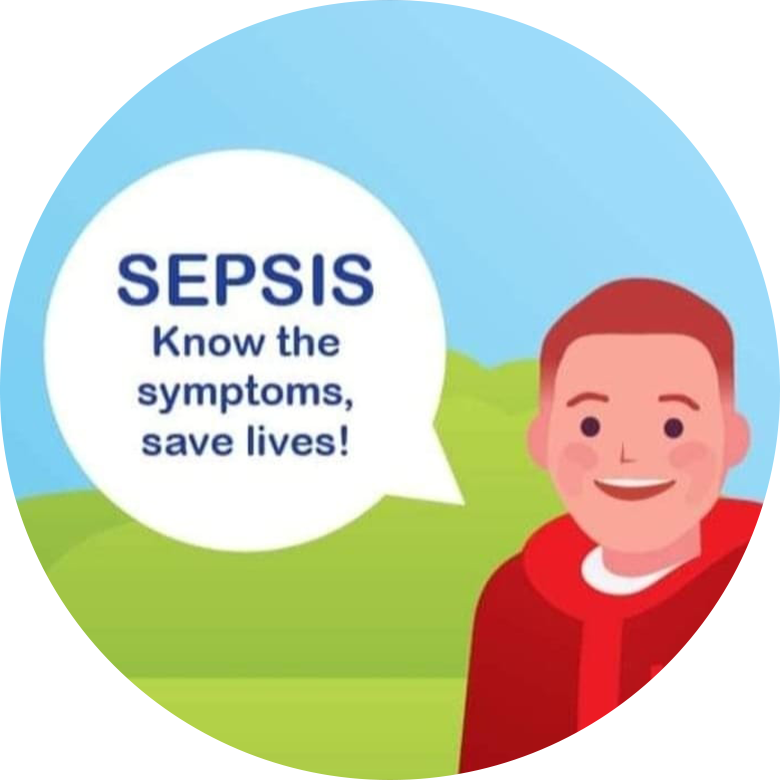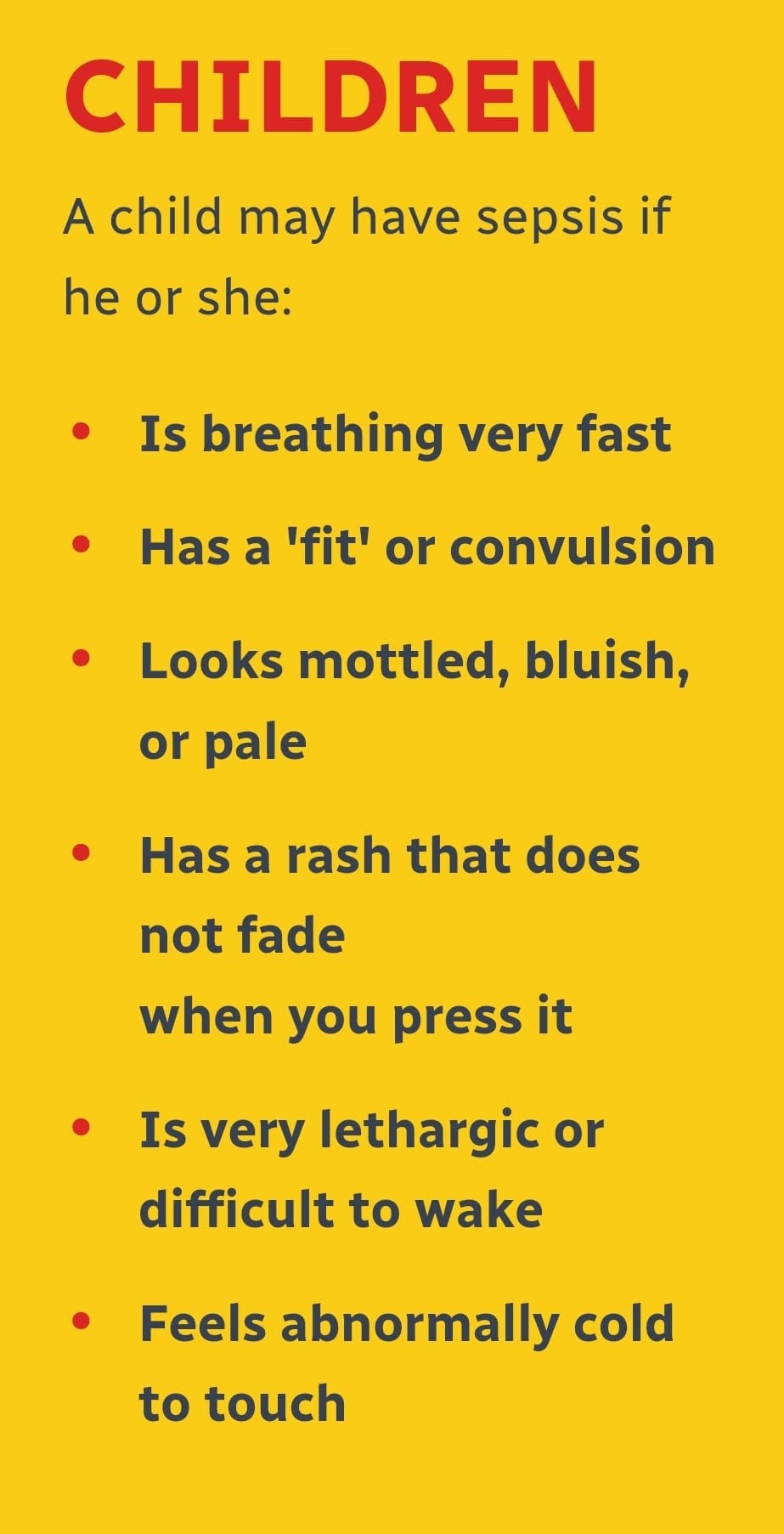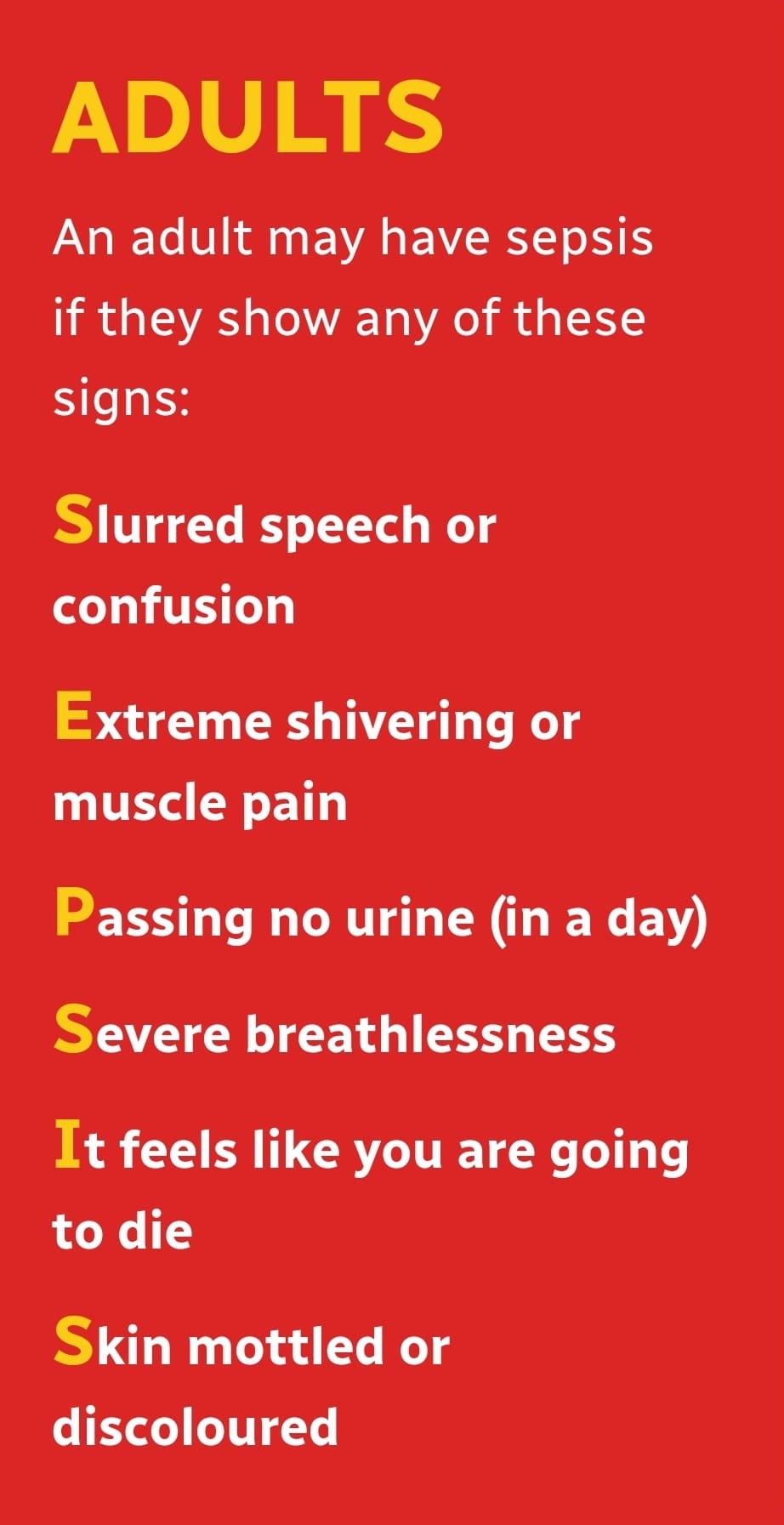What is sepsis?
Sepsis, sometimes called Septicaemia or blood poisoning, is a life-threatening reaction to an infection that can lead to tissue damage, multiple organ failure and sometimes death, especially if it’s not spotted early and treated promptly. This happens when the body’s immune system overreacts to the infection.
Sepsis is a medical emergency, and you should call 999 or 112 as soon as possible if you suspect you or someone else has Sepsis.






